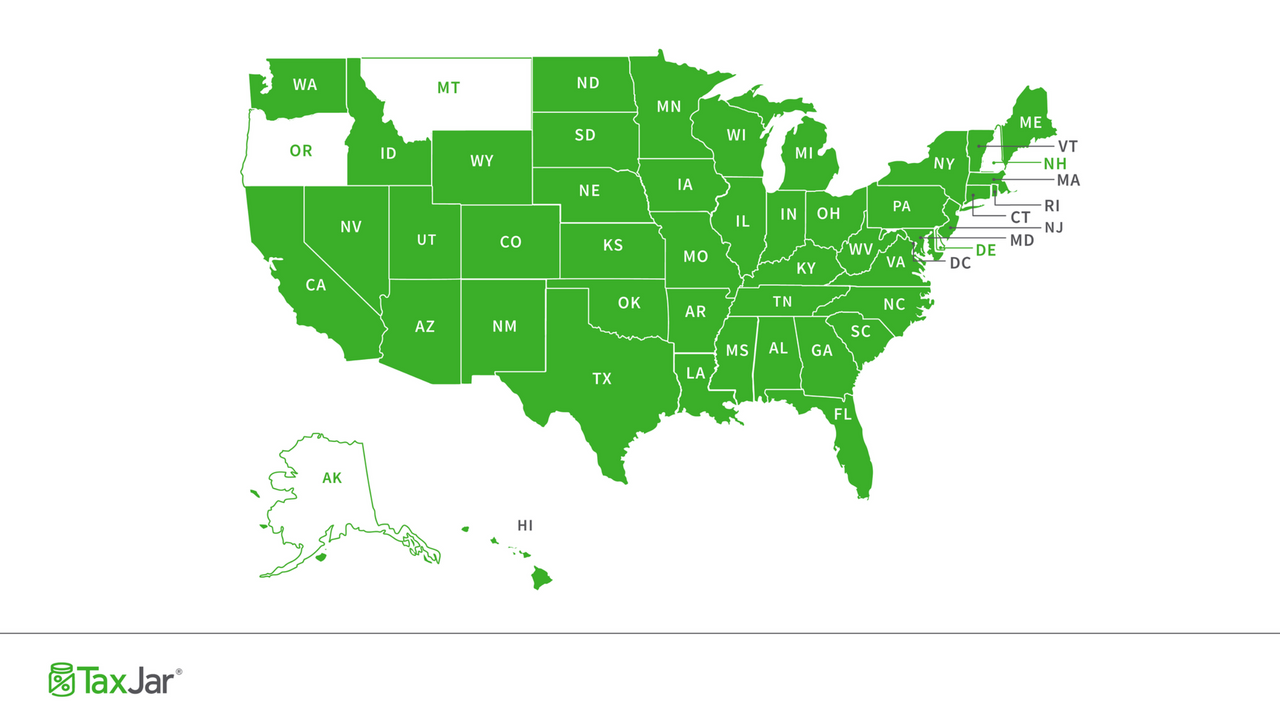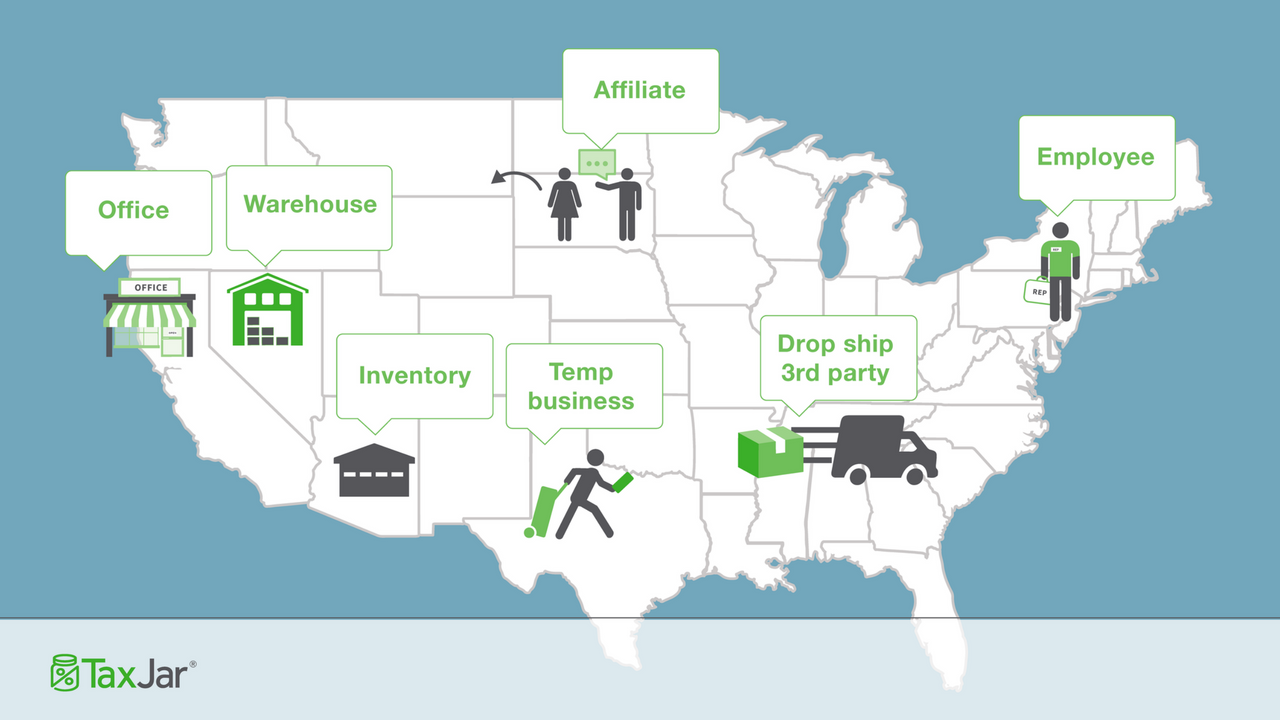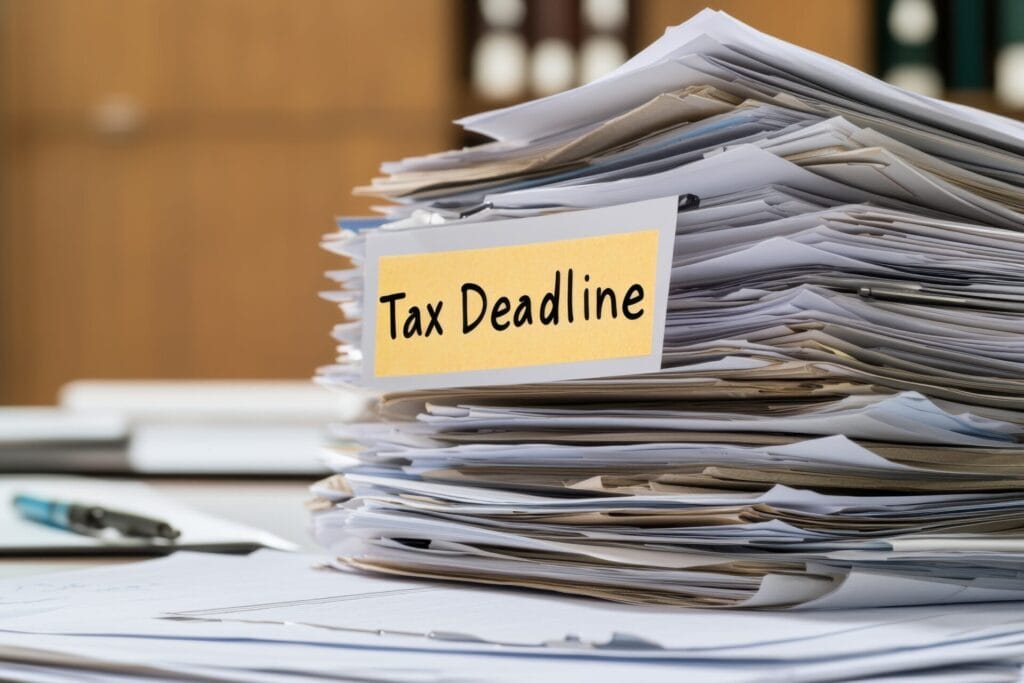As a business owner, you’re swamped with pressing issues. But taking a few minutes to make sure your tax compliance house is in order will save you a lot of time and money.
Keep in mind that sales tax compliance varies from state to state. It’s always in flux, so it’s important to periodically make sure you’re following the current rules and regulations for all the states where you have sales tax nexus. Think of this guide as your annual sales tax check up!
Why sales tax compliance checklist is important
We know that dealing with sales tax can seem overwhelming, but from our experience with thousands of sellers we’ve found that the hardest part is getting started with compliance.
Taking a few minutes right now to get familiar with sales tax essentials can help your business avoid common pitfalls like:
- Collecting without a permit: Many states consider it unlawful to collect sales taxes without a permit, even if you have the right intentions.
- Collecting the wrong amount of sales tax: If you collect too much sales tax, you can aggravate your customers, but failing to collect enough can mean having to pay the state the difference out of your profits. Make sure you know the exact right amount.
- Not keeping up with changing sales tax laws and rates: Sales tax rates and laws are ever-changing. We’ll show you an easy way to automate this later in the article, but it behooves you to make sure you’re keeping up with the regular changes in the tax code for every state where you are collecting sales tax.
What makes sales tax compliance a challenge for small businesses

There are enough variables involved with sales tax compliance in multiple states that it can feel overwhelming unless you have an accounting degree. Here are a few factors that complicate the process:
Sales tax compliance is governed at the state level.
Each of the 45 states (plus the District of Columbia) that collect sales tax have different rules and regulations. Some states base the amount of sales tax on the “origin” address of the shipment. Others base it on your buyer’s “destination” address. Some states even require you to charge sales tax on shipping. Sales tax laws are as unique as their home states.
Tax rates and due dates vary by state.
While some states have one flat sales tax rate, others vary from one municipality to the next. Not to mention that each state may have a different sales tax due dates, which means you’ll have to keep filing at irregular intervals depending on how many states you’re filing. Some states will want monthly returns, and others will want quarterly or annual returns. Normally the higher your sales volume, the more often a state will require you file, but that’s up to each state to decide.
Some items aren’t taxable.
Most items sold in the United States are subject to sales tax, but not always. Many states charge a lower sales tax rate on groceries (or no tax at all) and in some states clothing is not taxed. Other states don’t have a sales tax on textbooks or agricultural products. It pays to check with your state to determine if what you are selling is taxable.
Your five-step check up for sales tax compliance
The good news is that it’s not difficult to make sure you’re compliant with all the states where you need to collect sales tax and file returns. Here are the five major steps for evaluating the health of your business’s sales tax compliance:
1. Double-check your sales tax nexus
Everyone wants to grow their business, but sometimes that growth can also mean establishing nexus (a significant presence) in a new state. In the past year have you:
- Hired an employee, contractor, or salesperson who physically works in another state?
- Used third-party affiliates to send sales to your store?
- Opened a new physical location or stored goods in a warehouse?
- Created a drop-shipping relationship with another company?
- Traveled to another state to sell products at a trade show or craft fair?

If any of these activities sound familiar, you may have created sales tax nexus in a new state. Here’s a guide to help you determine each state’s criteria for creating nexus.
2. Review your sales tax permits
If you’ve just realized you have nexus in a new state, make sure you register for a sales tax permit in that state right away.
You could also find that you no longer have nexus in a state where you’re registered. Maybe you decided to stop selling at the big craft show three states away, or you no longer have that remote employee working for you. If this happens, contact your state’s taxing authority to cancel any sales tax permits you no longer need.
Keep in mind that some states will consider you to have nexus for a few months or longer after you no longer have nexus-qualifying activities. This is called “trailing nexus.” So you should always check with any state where you’re cutting ties before filing your last return with that state.
3. Review or change your filing frequency
When you first register for a sales tax permit, many states will start your business filing monthly returns and afterward change your filing frequency to quarterly or annually. This happens a lot in the Southeastern part of the U.S. You should check all communications from your state’s taxing authority to determine if your filing frequency will change.
Another thing to keep in mind is that some states will allow you to change your filing frequency when asked. Arizona is pretty good about changing accounts from monthly to quarterly or annually if you ask nicely. One call or email could save you a lot of work if your state offers this, so it will definitely pay to contact your state taxing authority to check.
4. Check for changes to sales tax rates
State and local sales taxes are always subject to change at any time and this means that you should keep an eye on the rates and, when you find changes, act quickly to update the withholding rates you charge. Most rate changes happen at the first of the year, July, or October.
5. Make sure you’re collecting on all channels
A common mistake is forgetting to collect sales tax on every sales channels for each state. If you have nexus in a state because you stock merchandise in an Amazon warehouse, but your business also sells through Shopify, eBay, or other sales channels you need to make sure that you’re collecting sales tax on all of these platforms. And the reverse goes too—when you no longer have nexus in a state, make sure you stop collecting from buyers in that state on all channels.
How are you feeling after your checkup?
We get it—sales tax is complex. Brand new businesses spend a lot of time considering the implications of becoming fully tax compliant and even experienced business owners need a helping hand from time to time. For more on sales tax, check out our Sales Tax 101 for Online Sellers Guide, or join us in the Sales Tax for eCommerce Sellers Facebook group.
{{cta(‘402057e0-8064-4b6f-88b2-1c6e0721bc99′,’justifycenter’)}}



